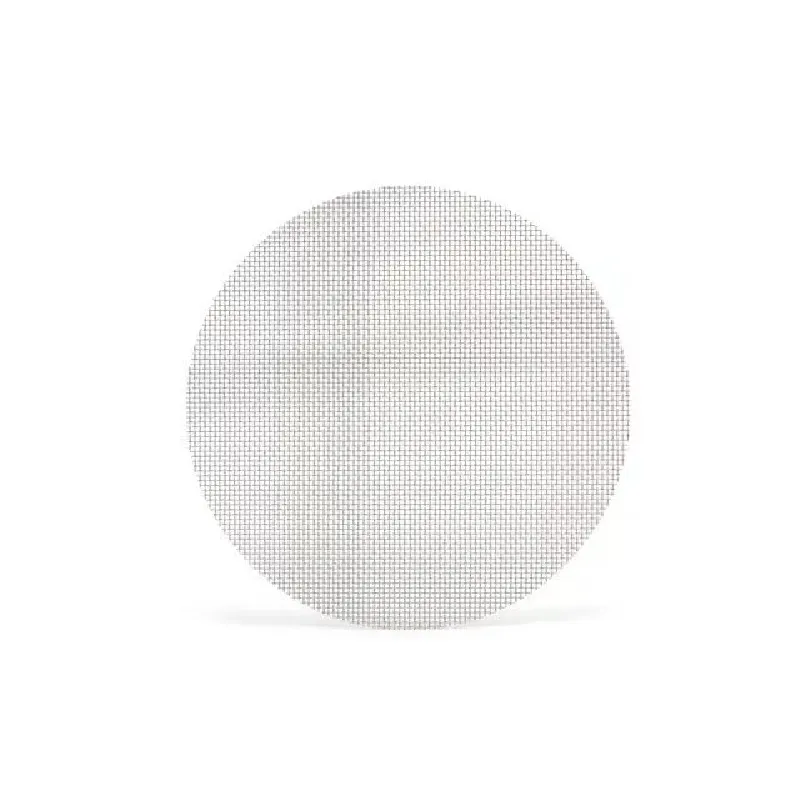insect netting fabric
The Importance of Insect Netting Fabric in Agriculture and Gardening
Insect netting fabric has become an essential tool for gardeners and farmers looking to protect their crops from pests while promoting healthy growth. This specialized fabric acts as a barrier, preventing insects from reaching plants without obstructing sunlight or air, thus creating an ideal environment for growth. Understanding the benefits and applications of insect netting fabric can help optimize agricultural practices and ensure sustainable food production.
Composition and Design
Insect netting fabric is typically made from lightweight materials such as polyethylene or nylon, woven into fine meshes that allow air and light to pass through while keeping undesirable pests at bay. The mesh size is critical; a finer mesh can block smaller insects, while a larger mesh is suitable for larger varieties. Most netting products come in different weights and strengths to suit various crops and environmental conditions, making them versatile tools for a range of applications.
Pest Control Without Harmful Chemicals
One of the primary benefits of using insect netting is the reduction of pesticide use. Many farmers and gardeners are becoming increasingly aware of the negative impacts of chemical pesticides on the environment and human health. Insect netting provides a safe and eco-friendly alternative, as it physically prevents pests like aphids, beetles, and caterpillars from accessing plants. This method not only protects crops but also contributes to a healthier ecosystem by preserving beneficial insects.
Enhancing Crop Yield
By shielding crops from insect damage, insect netting fabric can significantly enhance overall yield. Plants that are protected from pests exhibit faster growth and produce higher-quality fruits and vegetables. This improvement is particularly evident in high-value crops, where even slight damage can result in substantial financial losses. In addition, minimizing pest-related stress on plants can lead to stronger seedlings and better resistance to diseases.
insect netting fabric

Versatile Applications
Insect netting is not limited to large farms; it is also incredibly beneficial for home gardens. For urban gardeners with limited space, using insect netting can protect small plots and container plants from pests. Gardeners can create simple structures to drape the netting over, providing an effective barrier without requiring extensive setup. Additionally, insect netting can be used in conjunction with other protective measures, such as row covers, to provide comprehensive protection against a variety of environmental threats.
Seasonal Considerations
The application of insect netting fabric can vary depending on the season. In spring, it can protect young plants from early-season pests, while in summer, netting can provide a refuge against heat and sunburn. In colder months, heavier netting can offer some protection against frost and harsh weather. This adaptability makes insect netting a year-round tool in sustainable agriculture.
Maintenance and Longevity
Caring for insect netting fabric is relatively straightforward. It should be kept clean and free from debris to maintain its effectiveness. Many types of netting are designed to be reused for several seasons, making them a cost-effective investment for both gardeners and farmers. When not in use, it is essential to store the fabric properly to prolong its lifespan and performance.
Conclusion
In summary, insect netting fabric is an invaluable resource for protecting crops, enhancing yields, and promoting environmentally friendly practices in agriculture and gardening. Its ability to block pests while allowing essential elements like sunlight and air to nourish plants makes it a smart choice for anyone looking to cultivate healthy crops. As the world becomes increasingly concerned with sustainable farming and organic gardening, the role of insect netting fabric will undoubtedly continue to grow in importance. By incorporating this simple yet effective barrier into their practices, gardeners and farmers alike can contribute to a healthier planet while ensuring the success of their harvests.
-
The Versatility of Stainless Steel Wire MeshNewsNov.01,2024
-
The Role and Types of Sun Shade SolutionsNewsNov.01,2024
-
Safeguard Your Space with Effective Bird Protection SolutionsNewsNov.01,2024
-
Protect Your Garden with Innovative Insect-Proof SolutionsNewsNov.01,2024
-
Innovative Solutions for Construction NeedsNewsNov.01,2024
-
Effective Bird Control Solutions for Every NeedNewsNov.01,2024












